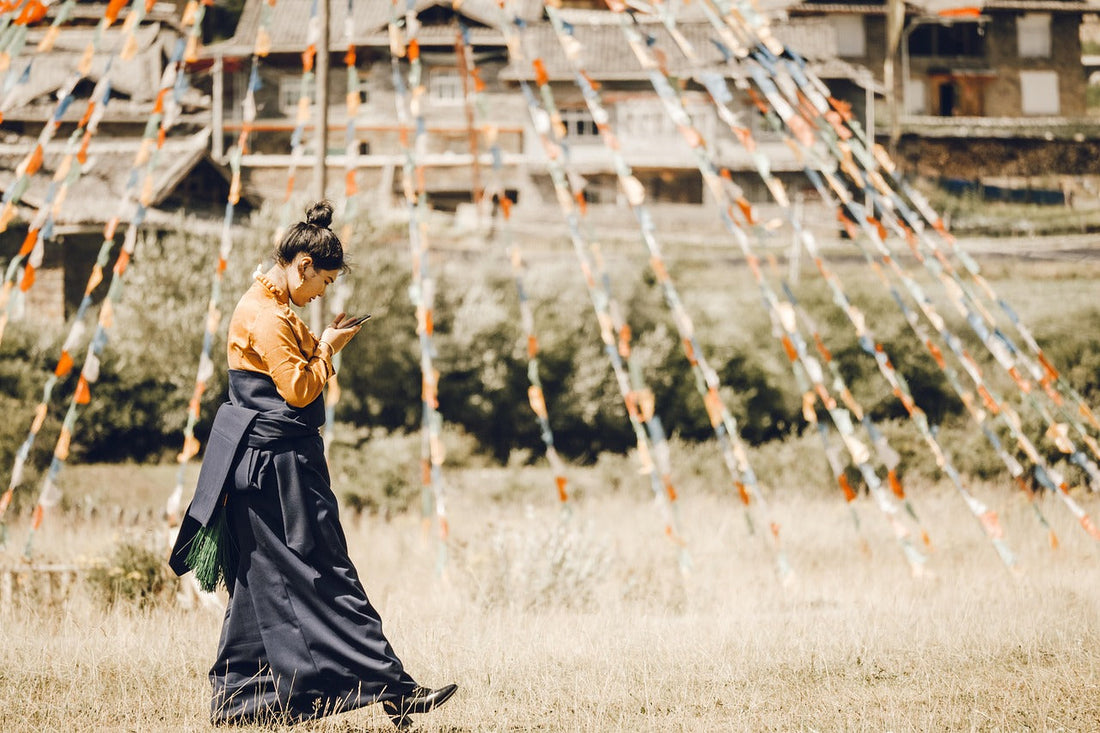
What are the important festivals of Buddhism
Share
Buddhism’s rich spiritual heritage is marked by festivals that honor pivotal moments in the Buddha’s life and teachings. These observances blend devotion, cultural traditions, and communal practices, offering profound opportunities for reflection and renewal. Below are six major Buddhist holidays
1. Avalokiteshvara’s Birthday (19th Day of the 2nd Lunar Month)
Avalokiteshvara, the Bodhisattva of Compassion, is revered alongside Manjushri (Wisdom), Samantabhadra (Action), and Ksitigarbha (Vows) as one of the “Four Great Bodhisattvas.” Rooted in Mahayana scriptures, devotees believe sincere recitation of Avalokiteshvara’s name invokes immediate relief from suffering. This day is marked by incense offerings, prayers, and acts of charity, symbolizing the embodiment of mercy in Buddhist practice.
2. Bath the Buddha Festival (8th Day of the 4th Lunar Month)
Celebrating the birth of Siddhartha Gautama (Shakyamuni Buddha), temples display a statue of the infant Buddha standing in a fragrant-water basin. Monastics and lay followers pour scented water over the statue, reenacting the legend of his birth, where celestial beings bathed him with sacred waters. This ritual signifies purification and renewal, aligning with themes of spiritual rebirth.
3. Avalokiteshvara’s Enlightenment Day (19th Day of the 6th Lunar Month)
This day honors the Bodhisattva’s attainment of perfect wisdom. Folklore tells of Princess Miaoshan achieving enlightenment on this date, manifesting as the Thousand-Armed Avalokiteshvara to aid all beings. Devotees amplify merits through chanting, meditation, and animal-release ceremonies, reflecting Buddhism’s emphasis on compassion in action.
4. Ullambana Festival (Ghost Festival, 15th Day of the 7th Lunar Month)
Originating from the Ullambana Sutra, this festival commemorates Maudgalyayana’s rescue of his mother from the realm of hungry ghosts. By offering food and supplies to monastics during their post-rainy-season retreat, lay practitioners transfer merits to ancestors and alleviate suffering across generations. The ritual underscores Buddhism’s teachings on karma and interconnectedness.
5. Avalokiteshvara’s Monastic Ordination Day (19th Day of the 9th Lunar Month)
Completing the triad of Avalokiteshvara-themed observances, this day marks the Bodhisattva’s renunciation of worldly life. Temples host ceremonies emphasizing detachment and service, resonating with Mahayana ideals of selfless dedication. In East Asia, devotees often pilgrimage to sacred sites like Mount Putuo, a spiritual hub for Avalokiteshvara veneration.
6. Buddha’s Enlightenment Day (8th Day of the 12th Lunar Month)
While Theravada traditions observe Vesak (April/May) for the Buddha’s birth, enlightenment, and parinirvana, Mahayana communities in China celebrate his awakening on Laba Festival . Temples serve labazhou , a mixed-grain porridge recalling the nourishment offered by a village girl before his meditation under the Bodhi tree. This day reinforces perseverance in spiritual practice and gratitude for the Dharma’s transformative power.